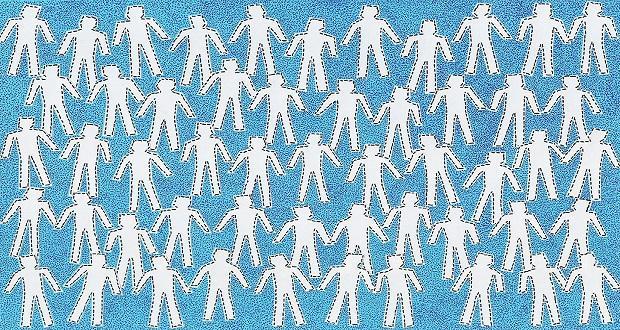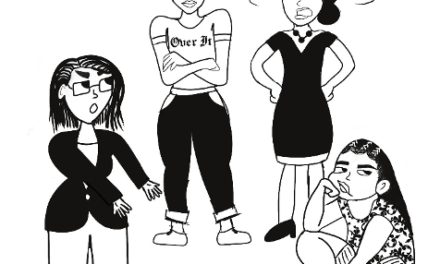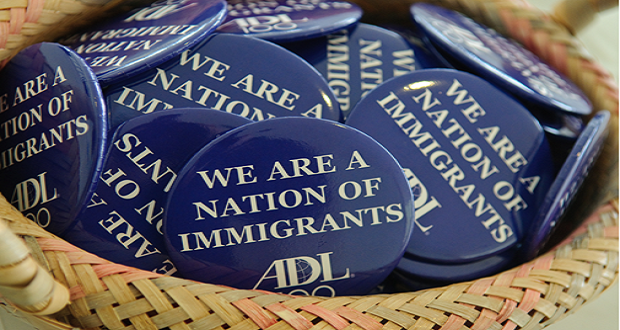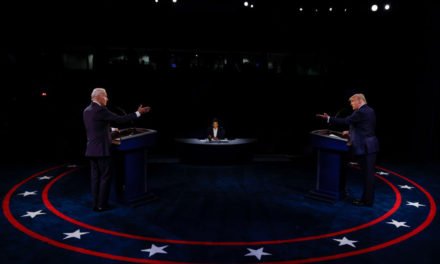
I’ll never forget in a training session on cultural differences a white man asked the group angrily, “what is white culture?” and “how can you lump all white people together when there are so many differences?” I can’t remember now exactly what I, or others in the room, said that day—but I remember it wasn’t very good. Like a lot of days, I wish I could do that one over.
His question though, is not unique. And it’s not a bad question either. In fact, the man asked it with as much honesty as emotion. It is a question that a lot of white people struggle with—and I would argue, increasingly so, as whiteness is under both national and global spotlight with the recent election. In many ways, defining the boundaries of white culture bares the same weight as defining any culture, especially with categories as broad as a racial group, void of any other intersecting cultural identities (like class, religion, gender, etc.). And yet, there are glaring differences in how whites as a racial group see and experience the world that defines them/us. But what made the man’s question especially challenging was that an essential part of white culture is its strange ability to escape definition and assert itself as culture-less, the norm, or the standard. So not only are all cultural world’s hard to “pin down” in a way everyone can agree on, whiteness comes with an added slippery layer of “invisibility” that works to evade attempts at uncovering.
I just finished a great book, by Dr. Robin DiAngelo, What Does It Mean to Be White? that is the best resource I’ve read so far on getting to the bottom of whiteness (bonus: she has great YouTube videos too!). I’ve titled this post “getting to the bottom” of whiteness as a play on DiAngelo’s metaphor of a fishing pier held up by (cultural) pillars of whiteness. The image works especially well because like a fishing pier, the pillars that hold it up are hidden beneath the water, and hard to see from above the deck. I won’t summarize all the pillars, but I will hopefully elaborate on others in coming posts.
A recurring pillar of white culture that shapes the way whites see, experience, and talk about racism is the “racist = bad; not racist = good” binary. This is especially evident in white people’s abhorrence for being labeled a racist. This is built into our common sayings like “I’m the furthest thing from a racist” and “I don’t have a racist bone in my body.” There are others, but the bottom line is white people really really don’t like to be called a racist. I can attest to this. I grew up in churches that were pretty comfortable with telling people they were going to hell for eternity—but they would gasp at the label ‘racist’ (it goes deep).
Of course, no one wants to be labeled racist, but the deeper issues with this avoidance of the term is that it misunderstands who racists are, and what racism, is. The problem is that white culture largely sees being a racist, and racism, as only happening on the interpersonal level (racist jokes, KKK, hate crimes, etc.) and not also existing on the institutional, organizational, historical, and systematic level. This is why white people use their personal friendships with a black/brown friend, spouse, or child as evidence that they could in no way be a racist. These relationships may (or not) be a sign of some levels of inclusion or lack of racial prejudice, but they don’t say much about a person’s stance on systemic issues of racial injustice or racial inequalities in the world. Not to mention this “racist = bad; not racist = good” binary ignores all the evidence from brain science that we internalize racist messages from a racist society that become a part of who we are—whether we’re aware of it or not.
What makes this pillar one of the sturdiest, and harder to see, is that whites across the cultural spectrum use it to defend or avoid the claim that they are racist. Progressive liberal whites are notorious for distancing themselves from racism by pointing to “those” poor whites as the real racists. And working class whites similarly point to “those” obvious racists like the KKK, slave-owners, or a notoriously racist uncle (it’s always an uncle) as the real racists—never themselves. The problem with all the racist finger pointing is that we’re left in a society with racism, but no racists—something isn’t adding up. As I wrestle with all the complexities of the pillar, I’m left with some hope that white people’s hatred for the term racist may be a starting place to cultivate an equal hatred for racism at all its levels. This starts with a very serious and honest self-reflective look inside ourselves—at the messages, images, values, beliefs, and experiences we’ve “soaked up” living in a culture that continues to produce racial inequity and injustice (racism). Maybe we don’t fully get to the bottom of whiteness; but this is where we start.



















This is excellent work & remarkably timely and so very relevant. I hope to be able to use it at work
The graphic & web design are engaging & esthetically pleasing!
I wish every HR administrator read your work!